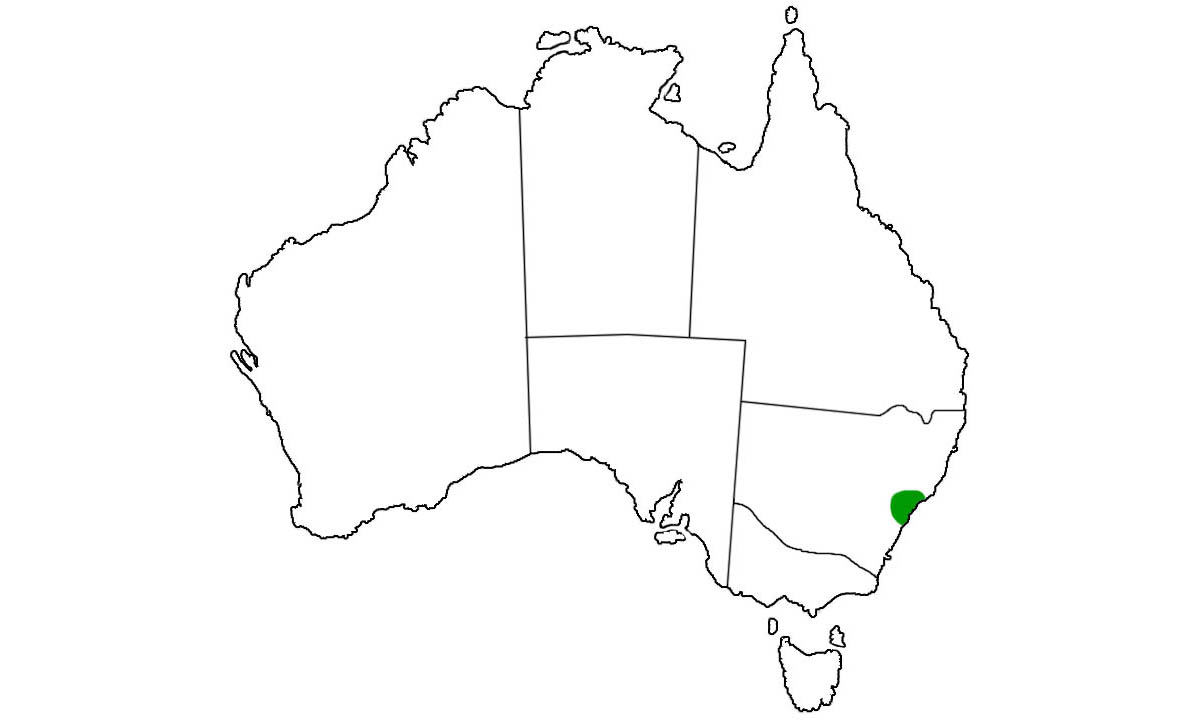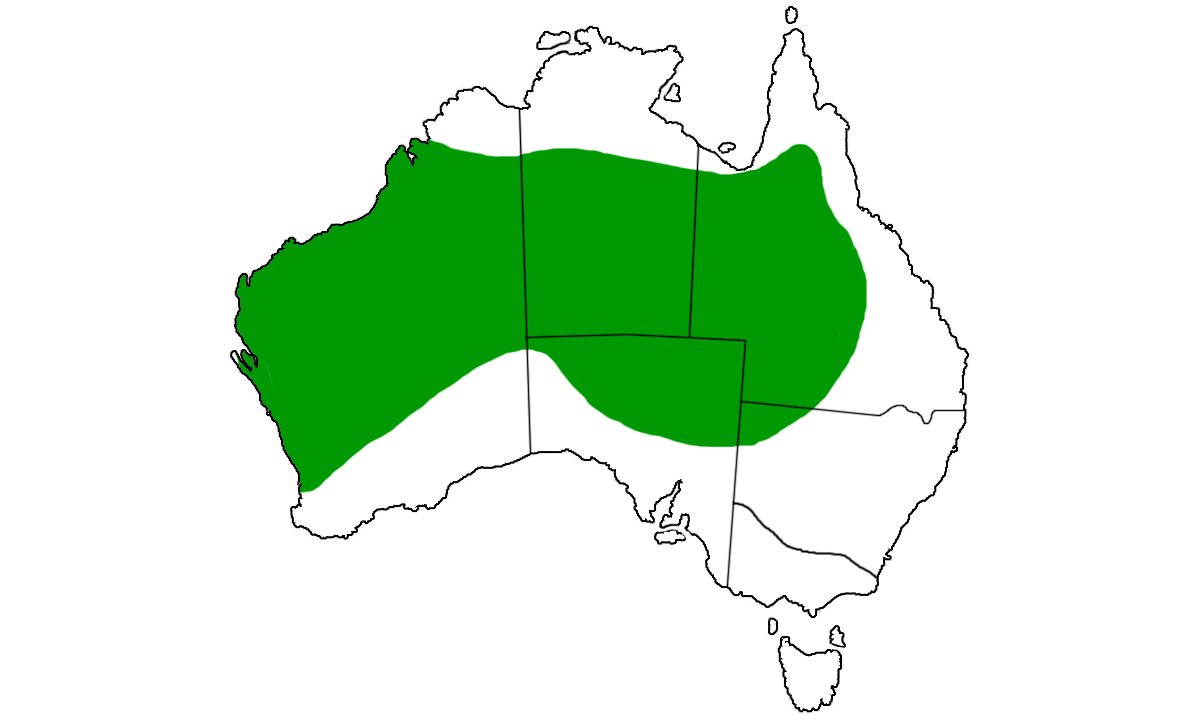Liasis mackloti or the Water Python
Water pythons can be found in the coastal areas of northern Australia. They are generally found near water bodies with fringing plants, and in nearby woodlands and forests. Water pythons shelter in soil burrows, especially under trees, in hollows and stumps, under fallen vegetation and timber, and in rocky crevices. During the warmer months they will spend much of their time hidden under water among the reeds and rushes that line water courses, swamps and billabongs.
The Water python feeds on mammals, such as rats, bandicoots and small wallabies, and water birds. They are also one of the few Australian snakes that will eat bird eggs, and even small crocodiles. On warm summer nights they can often be found crossing or basking on roads.
In October or November females will lay from 11 to 19 eggs, which she will then coil around to protect and keep warm. The young will hatch after about 75 days, and the mother will then let them fend for themselves.
Did you know...
- The Water python can be generally found near water bodies with fringing plants, and in nearby woodlands and forests.
- During the warmer months they will spend much of their time hidden under water among the reeds and rushes that line water courses, swamps and billabongs.
- Water python feeds on mammals, such as rats, bandicoots and small wallabies, and water birds. They are also one of the few Australian snakes that will eat bird eggs, and even small crocodiles.
- In October or November females will lay from 11 to 19 eggs, which she will then coil around to protect and keep warm. The young will hatch after about 75 days, and the mother will then let them fend for themselves.
Where Water Python can be found in Australia:
























